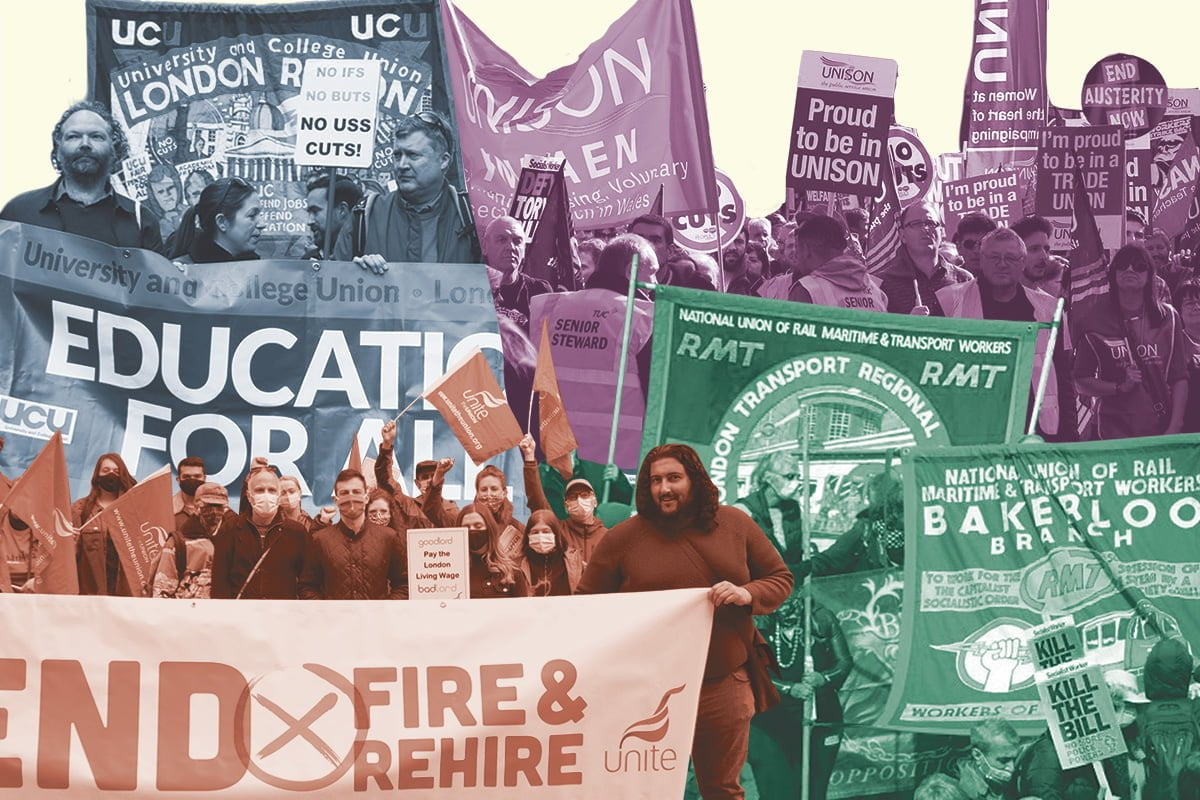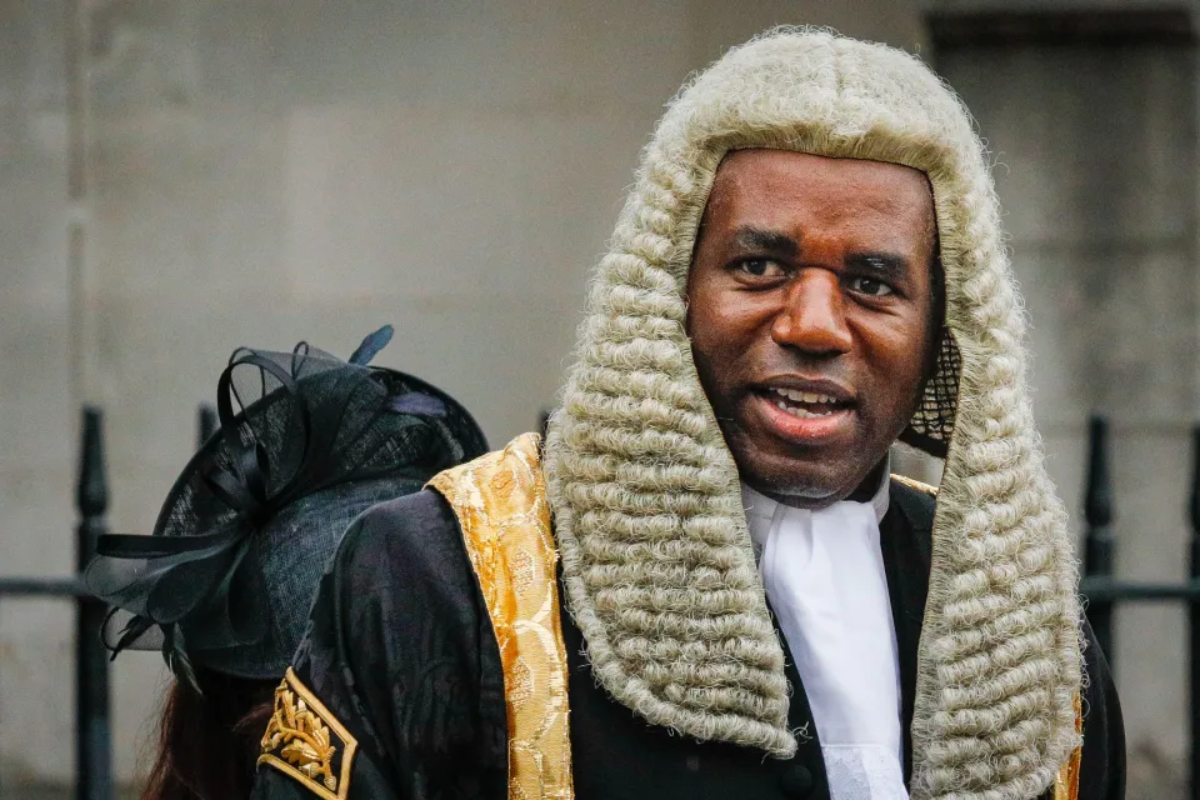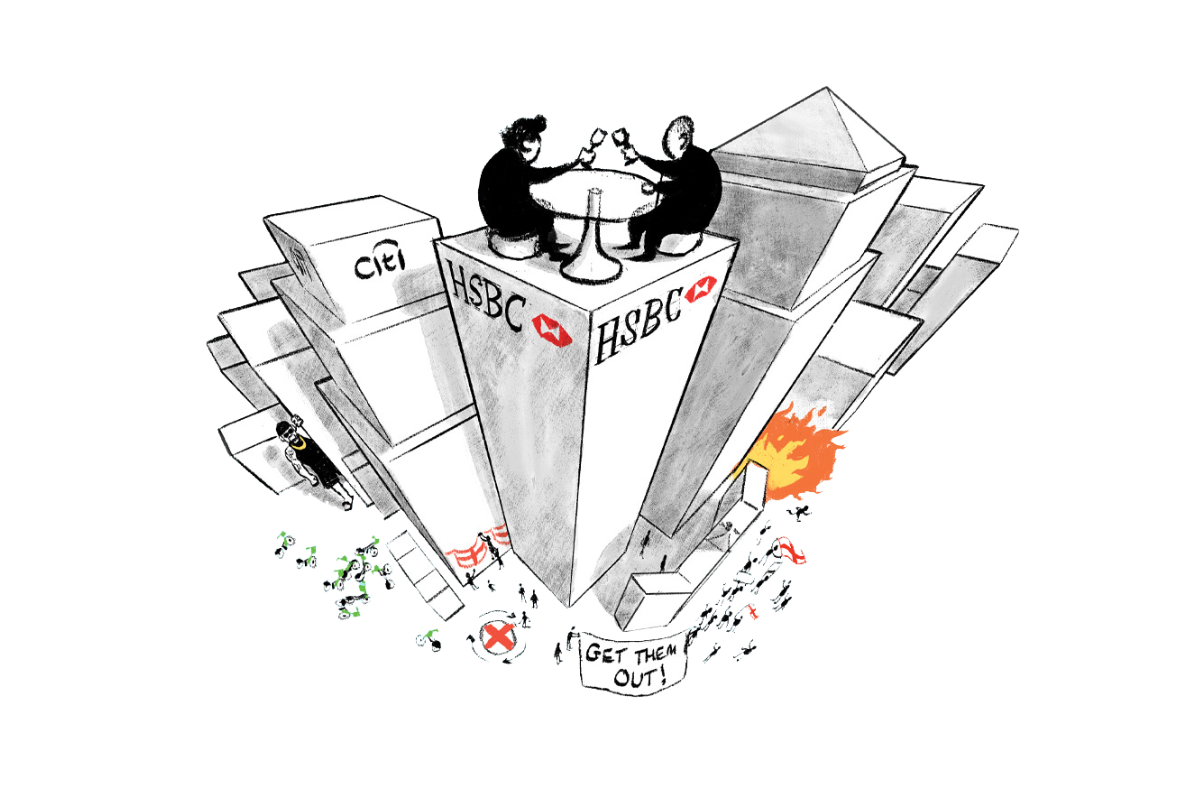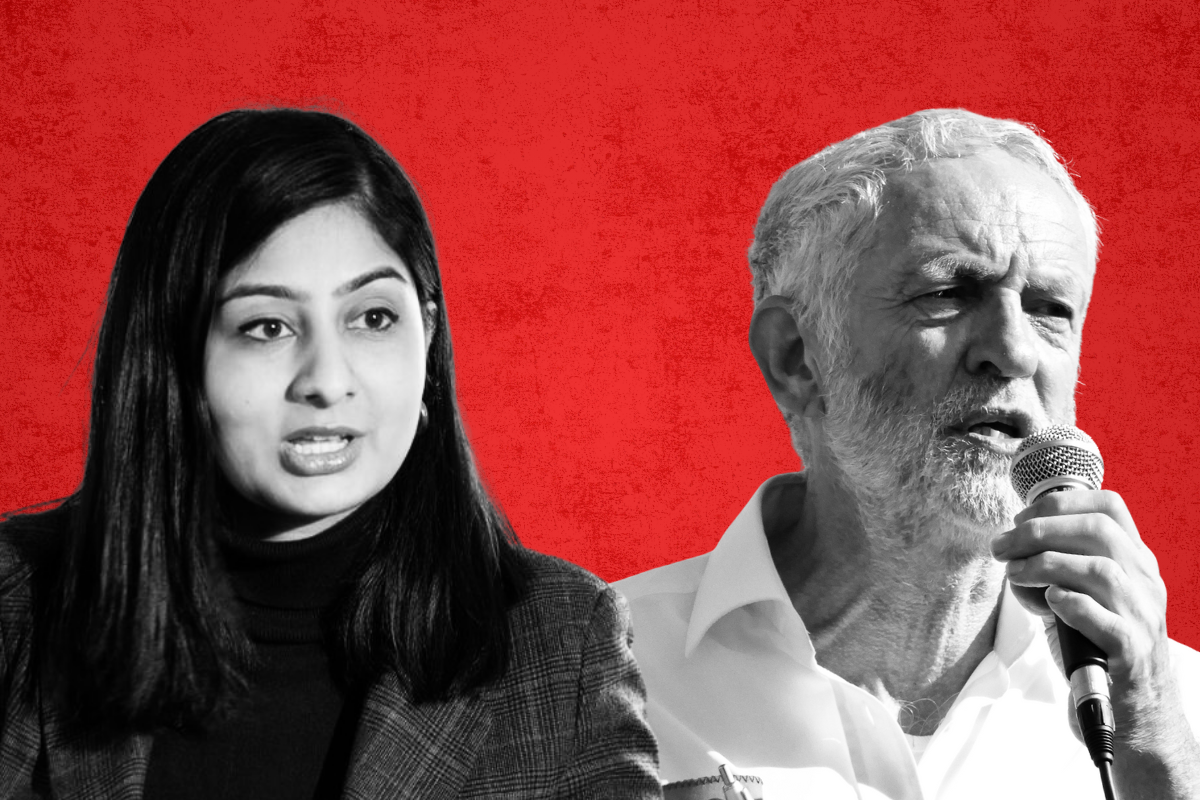This year’s congress of the TUC, the umbrella body for the British trade union movement, meets as the country’s biggest strike wave since 1989 begins to recede.
While some workers, such as junior doctors and rail staff, continue to battle on, many of the unions that initially drove this surge in industrial activity – such as the CWU, NEU, and various health unions – have accepted the employers’ deals.
Other key ballots, meanwhile, such as that of Unison members in local government, have failed to get over the Tory anti-union turnout threshold.
Nevertheless, the last year’s tsunami of strikes will leave an indelible mark on the landscape of the labour movement.
This mass action has brushed aside the rust accumulated over decades of inaction, brought fresh layers of workers into the struggle, and shaken up consciousness across the working class. And this process of radicalisation will only deepen as workers take stock of the past year.
In turn, the lessons of these events and disputes will be of vital importance for the future, when industrial militancy returns on a higher level.
Explosive conditions
One of the key issues at last year’s congress was coordination. Motions from a number of unions passed, all calling for united action across the movement.
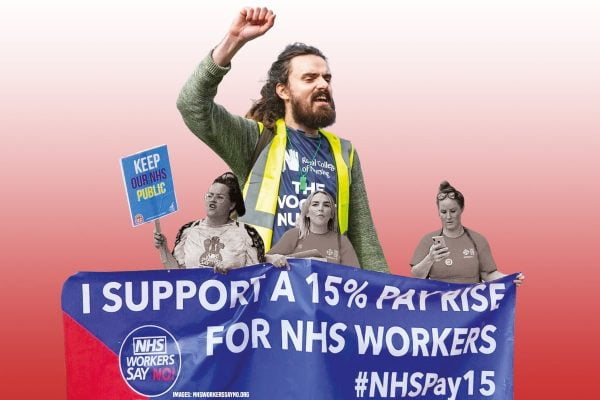
Despite this, however, aside from one or two ‘days of action’, workers in different unions have largely fought alone over the past year. In healthcare, nursing leaders even actively and explicitly sought to keep their members separated from other workers.
This allowed the Tories to dig their heels in and splinter the movement: stonewalling the more militant unions, while offering deals to those leaderships more likely to buckle.
This does not mean that peace and tranquillity have been restored, however. Far from it. None of the problems that gave rise to the last year’s strike wave have been resolved.
Inflation remains stubbornly high, and will quickly erode any nominal pay increases won recently. Both the Tories and Starmer’s Labour are preparing to make years of deep cuts. And public services and local councils are already at breaking point.
Whether it’s crumbling infrastructure, an epidemic of overwork and stress-related illness, or privatisations and job losses: any number of factors could provide the spark for a new explosion of strikes and social unrest.
Anti-union legislation
Sensing this danger, the Tories are pushing through further anti-strike legislation. This is the subject of several motions at this year’s TUC.
The latest anti-union bill would effectively end the right to strike for entire sectors of workers, allowing employers to determine what level of ‘minimum service’ is legally required.

Labour, thus far, has claimed that they will repeal these laws if voted into power. And the TUC leaders are clearly banking on this, as evidenced by their pre-congress literature.
But illusions in the idea that ‘Labour will solve our problems for us’ are dangerous. Starmer has already made clear that he will run his government in the interests of the capitalists, and that any previous pledges that clash with this mission will happily be jettisoned.
Nor can trade unionists rely on the courts to defeat the bosses’ laws, as the TUC is hoping. In the final analysis, the legal system is part of the capitalist state, and will act to defend the interests of the capitalist class.
As the Pentonville Five in the 1970s showed, only industrial militancy can beat back the bosses and the repressive apparatus of the state. Mass strike action – or the credible threat of it – is the only thing that can defeat the ruling class’ attacks.
Prepare for struggle
The trade union movement doesn’t need to wait for saviours, or place its hopes in false idols. Workers must trust only in their own strength. Organised and mobilised, the working class is an unstoppable force.
This fact is correctly reflected in the demands of motion 4 to TUC Congress, presented by the FBU, which calls for industrial action against the Tories’ anti-strike bill, as part of a mass campaign of non-compliance.
The lessons of the past year are clear. Whether it’s a case of defying anti-union laws, or struggling to defend pay and conditions, appeals are not enough. Bold motions cannot become dead letters. Instead, the movement must turn words into deeds, and organise militant action.
This requires fighting leadership: capable of linking the struggles together, and mobilising workers around a perspective of toppling the Tories and overthrowing the crumbling capitalist system.
Sooner or later, a new strike wave will emerge. This could be next April, when several major unions begin their next round of pay campaigns. Or it could be after the next general election, as the trade unions come into collision with a big business Starmer government, intent on carrying out an austerity agenda in the interests of the bankers and billionaires.
We do not have a crystal ball. But we can say for certain that the dam will burst eventually, and workers will have no choice but to move into action in one industry after another.
And when this new deluge of strikes and struggle occurs, communists in the labour movement must be ready to channel it towards revolutionary ends.

